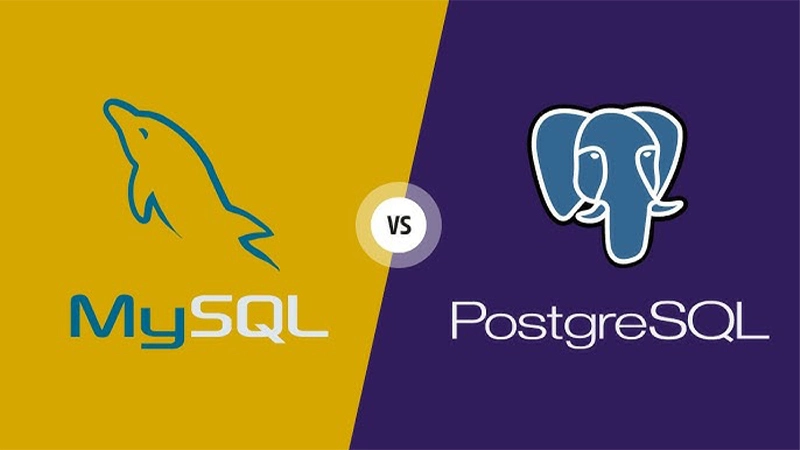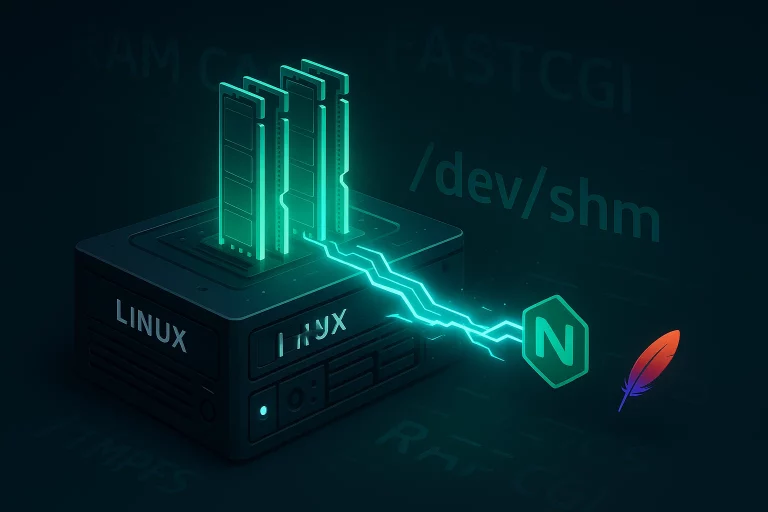Understanding the differences between PostgreSQL and MySQL is crucial for managing databases effectively.
Both PostgreSQL and MySQL are popular open-source databases, but they each have unique features and optimal use cases.
Introduction to PostgreSQL and MySQL
What is PostgreSQL?
PostgreSQL, often referred to as “Postgres,” is a powerful, open-source, object-relational database system known for its advanced features, extensibility, and standards compliance.
It’s designed to handle complex queries and extensive data types, making it a favorite among developers working with enterprise-level applications.
Key Features of PostgreSQL:
- ACID Compliance: Ensures transactional reliability, making it ideal for applications requiring high levels of data integrity.
- Advanced Data Types: Supports JSON, arrays, and custom types, adding flexibility.
- MVCC (Multiversion Concurrency Control): Allows for high concurrency without locking issues.
- Extensibility: Allows custom functions, procedural languages, and custom extensions.
What is MySQL?
MySQL is a widely-used open-source relational database management system known for its simplicity, speed, and support in various web applications, especially in the LAMP stack (Linux, Apache, MySQL, PHP/Python/Perl). It has a large community and is particularly popular for web-based applications due to its ease of use and performance.
Key Features of MySQL:
- Scalability: Designed for fast read-heavy operations, making it efficient for web applications.
- Replication Capabilities: Offers both master-slave and master-master replication.
- Community Support: Extensive community support and robust documentation.
- Storage Engines: Supports different storage engines, including InnoDB and MyISAM.
Core Differences Between PostgreSQL and MySQL
Let’s dive deeper into specific differences to help understand which is better suited for various scenarios.
| Feature | PostgreSQL | MySQL |
|---|---|---|
| Data Integrity | Strong adherence to ACID properties; robust support for complex transactions | Basic ACID compliance, but less strict compared to PostgreSQL |
| Data Types | Extensive data types, including JSONB, arrays, hstore | Limited data types; JSON support less flexible than PostgreSQL |
| Concurrency Control | MVCC, optimized for high concurrency with minimal locks | Uses table-level locking with MyISAM; InnoDB offers row-level locking |
| Performance | Optimized for complex, high-load transactions | Optimized for read-heavy, high-speed web applications |
| Replication and Scaling | Offers synchronous replication, logical replication | Offers native asynchronous replication (InnoDB) |
| Extensibility | Highly extensible with support for custom types, extensions | Limited extensibility; mostly fixed functionalities |
| Community Support | Strong community, ideal for enterprise solutions | Vast community and widely used in web development |
Performance Comparison: PostgreSQL vs. MySQL
Transactional Performance
- PostgreSQL: Known for its ability to handle complex, multi-row transactions and concurrent reads/writes through its MVCC. Ideal for applications with frequent updates and transactional integrity requirements.
- MySQL: Generally faster in read-heavy workloads, especially for single-row lookups, making it ideal for web applications with high traffic.
Query Handling
- PostgreSQL: Supports advanced querying techniques and indexing options such as full-text search, GIN (Generalized Inverted Index), and GIST indexes. Handles complex joins and subqueries efficiently.
- MySQL: Optimized for simple queries. While MySQL can handle complex queries, it’s often less performant in doing so than PostgreSQL.
Real-Life Comparison Scenarios
To help determine which database is best suited for different types of applications, let’s look at two hypothetical scenarios:
Scenario 1: E-Commerce Platform with Complex Data Requirements
Application Requirements:
- Product catalog with complex relationships (products, categories, user reviews).
- Advanced filtering options (e.g., price range, reviews, tags).
- Transactional data (purchases, inventory management).
- Strong data consistency and integrity.
Ideal Database: PostgreSQL
Reasoning:
- Data Integrity and Transactions: E-commerce platforms require a high degree of data integrity. PostgreSQL’s ACID compliance ensures that all transactions are handled reliably, which is crucial for applications where data consistency is paramount.
- Advanced Data Types: PostgreSQL supports complex data types such as arrays and JSONB, which can be used for attributes like product specifications, tags, and filters, allowing more flexibility in storing semi-structured data.
- Concurrency Handling: With MVCC, PostgreSQL can handle a high number of concurrent users efficiently, allowing buyers, sellers, and admins to interact with the system simultaneously without facing locking issues.
Example Table Setup in PostgreSQL:
CREATE TABLE products (
product_id SERIAL PRIMARY KEY,
name VARCHAR(255),
price NUMERIC(10, 2),
category_id INT,
attributes JSONB,
created_at TIMESTAMPTZ DEFAULT NOW()
);
CREATE TABLE orders (
order_id SERIAL PRIMARY KEY,
user_id INT,
total NUMERIC(10, 2),
status VARCHAR(50),
created_at TIMESTAMPTZ DEFAULT NOW(),
CONSTRAINT fk_user FOREIGN KEY (user_id) REFERENCES users(user_id)
);The JSONB data type in PostgreSQL allows us to store product attributes flexibly, such as color, size, and other properties, enabling efficient filtering and indexing for search purposes.
Scenario 2: Social Media Platform with High Read Load
Application Requirements:
- User profiles, posts, and comments, with many read operations.
- High-speed read and caching capabilities.
- Simple data structure and limited need for complex joins.
- Scalability to support millions of users with minimal latency.
Ideal Database: MySQL
Reasoning:
- Read-Heavy Performance: MySQL is optimized for read-heavy applications, making it ideal for a social media platform where users frequently read posts and profiles.
- Replication for Scaling Reads: MySQL’s replication capabilities allow for horizontal scaling, which is beneficial in environments with high read loads. Replication can be configured with a master for writes and multiple slaves for reads.
- Simplicity in Data Structure: For applications with relatively simple data structures, MySQL’s straightforward design allows for effective management without complex indexing requirements.
Example Table Setup in MySQL:
CREATE TABLE users (
user_id INT AUTO_INCREMENT PRIMARY KEY,
username VARCHAR(255) UNIQUE,
email VARCHAR(255),
created_at TIMESTAMP DEFAULT CURRENT_TIMESTAMP
);
CREATE TABLE posts (
post_id INT AUTO_INCREMENT PRIMARY KEY,
user_id INT,
content TEXT,
created_at TIMESTAMP DEFAULT CURRENT_TIMESTAMP,
FOREIGN KEY (user_id) REFERENCES users(user_id)
);
CREATE TABLE comments (
comment_id INT AUTO_INCREMENT PRIMARY KEY,
post_id INT,
user_id INT,
comment_text TEXT,
created_at TIMESTAMP DEFAULT CURRENT_TIMESTAMP,
FOREIGN KEY (post_id) REFERENCES posts(post_id),
FOREIGN KEY (user_id) REFERENCES users(user_id)
);In this case, a master-slave replication setup would allow for scalable reads, where the master handles write operations, and several replicas manage the read queries, effectively distributing the load across servers.
When to Choose PostgreSQL Over MySQL (and Vice Versa)
Choose PostgreSQL if:
- You need advanced data handling capabilities (e.g., JSON, arrays, custom types).
- Complex transactions and data integrity are top priorities.
- The application requires extensive query flexibility, including complex joins and subqueries.
- You foresee a need for extensibility and custom functions for specialized operations.
Choose MySQL if:
- You’re building a read-heavy, web-based application that prioritizes speed.
- The data structure is simple, and complex querying is minimal.
- Horizontal scalability is critical, and you want to use replication for distributing load.
- You prefer a mature ecosystem with extensive community support, especially in web development.
Conclusion
Both PostgreSQL and MySQL have unique advantages that make them suited for different types of applications.
PostgreSQL’s strengths lie in its robust data handling, transaction management, and extensibility, making it ideal for enterprise applications requiring complex data operations and strong integrity.
MySQL, with its speed and efficiency in read-heavy operations, shines in web applications and scalable environments that prioritize quick-read access.
In summary:
- Use PostgreSQL for applications that need advanced data handling, high concurrency, and reliability in transactions.
- Use MySQL for simpler applications where speed, ease of use, and scalability are the primary concerns.
Both databases are highly valuable tools, and choosing the right one largely depends on the specific requirements of your application and infrastructure.
As a Linux administrator, understanding these distinctions will enable you to make informed decisions that enhance the performance, scalability, and reliability of the systems you manage.





